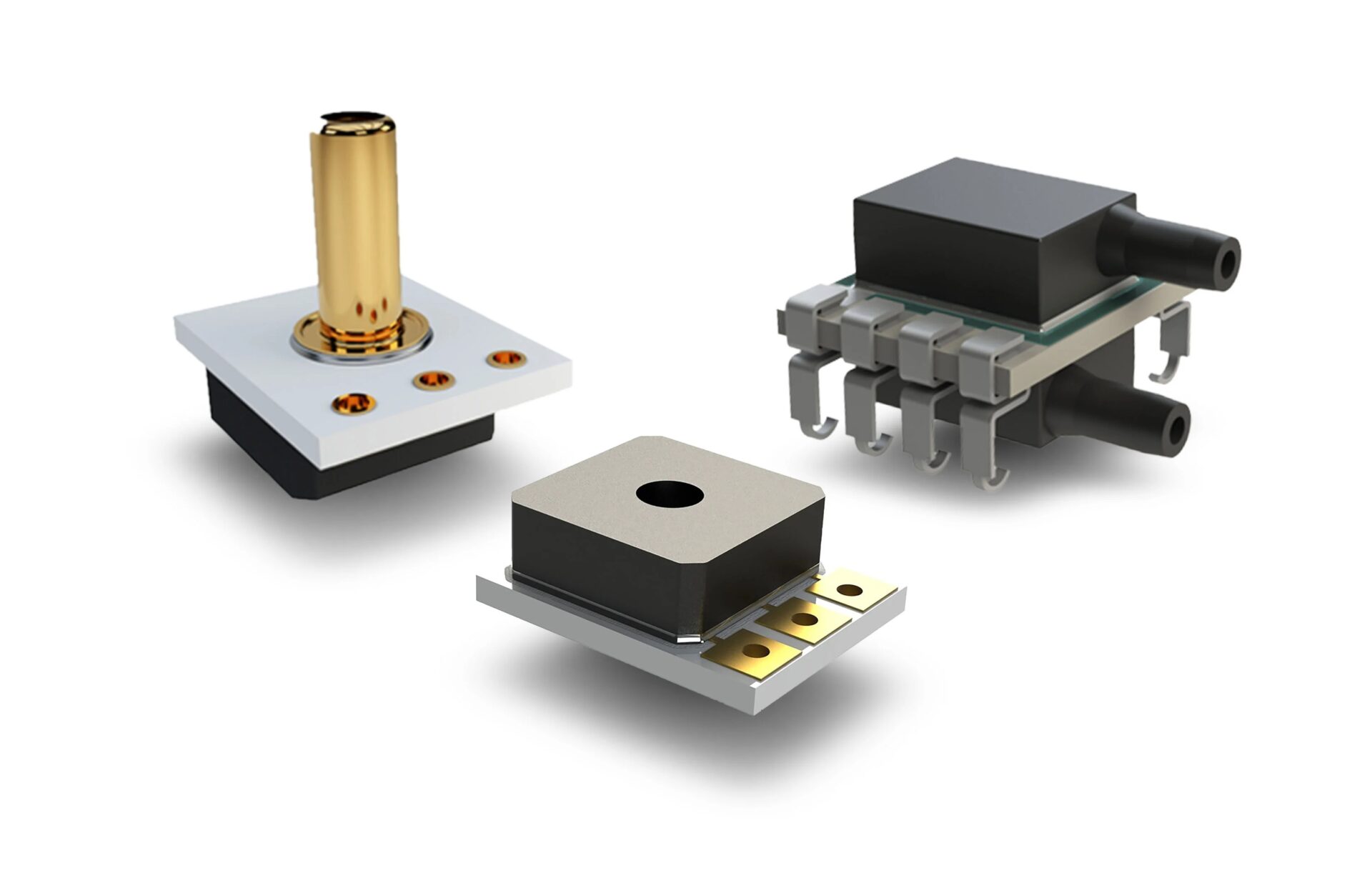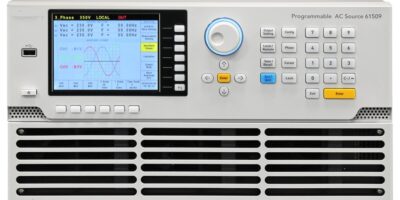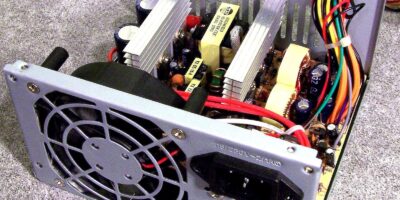Introduction:
Micro-Electro-Mechanical Systems (MEMS) fusion sensors have emerged as a pivotal technology in the realm of sensor development, combining various sensing elements to provide more accurate and reliable data. This market has witnessed substantial growth in recent years, driven by advancements in technology, increasing demand for miniaturized sensors, and their widespread applications across industries. In this overview, we delve into the MEMS fusion sensor market, exploring its evolution, current landscape, and future prospects.
Evolution of MEMS Fusion Sensors:
The journey of MEMS fusion sensors began with the integration of multiple sensor types into a single device. Traditionally, individual sensors for acceleration, gyroscope, magnetometer, and sometimes pressure were used separately. However, as the need for more comprehensive and accurate data increased, the concept of fusing these sensors into a single unit gained prominence.
The evolution of MEMS fusion sensors has been marked by advancements in sensor technology, manufacturing processes, and the integration of sophisticated algorithms for sensor fusion. This convergence has led to the development of sensors capable of providing a broader spectrum of data, enhancing their utility across various applications.
Current Landscape of MEMS Fusion Sensor Market:
The MEMS fusion sensor market is witnessing robust growth, driven by diverse industry applications. Key sectors leveraging these sensors include automotive, consumer electronics, healthcare, aerospace, and industrial automation. The automotive industry, in particular, has been a significant adopter of MEMS fusion sensors for applications such as inertial measurement units (IMUs) for navigation, advanced driver assistance systems (ADAS), and vehicle stability control.
Consumer electronics, including smartphones and wearables, have also contributed substantially to the market’s expansion. The demand for compact and power-efficient sensors has driven manufacturers to integrate MEMS fusion sensors, providing users with improved functionalities like gesture recognition, augmented reality, and precise motion tracking.
In healthcare, MEMS fusion sensors play a vital role in medical devices, wearables, and monitoring systems. These sensors offer accurate data for applications such as patient activity tracking, fall detection, and rehabilitation devices.
Aerospace and industrial automation sectors have adopted MEMS fusion sensors for their ability to provide precise and reliable data in harsh environments. In aerospace, these sensors are used for navigation, stabilization, and control systems in unmanned aerial vehicles (UAVs) and satellites. In industrial automation, MEMS fusion sensors contribute to the efficiency of robotics, ensuring precise motion control and positioning.
Receive the FREE Sample Report of MEMS Fusion Sensor Market Research Insights @ https://stringentdatalytics.com/sample-request/mems-fusion-sensor-market/10412/
Market Segmentations:
Global MEMS Fusion Sensor Market: By Company
• Analog Devices, (US)
• Atmel Corporation(US)
• NXP Semiconductors(Netherlands)
• InvenSense, (US)
• STMicroelectronics(Switzerland)
• Hillcrest labs(US)
• Senion (Sweden)
• BASELABS (Germany)
Global MEMS Fusion Sensor Market: By Type
• Inertial Combo Sensors
• Radar + Image Sensors
• IMU+GPS
• Temperature Sensors+ Pressure Sensors+ Humidity/ Light Sensors/ Gas Sensors
• Others
Global MEMS Fusion Sensor Market: By Application
• Consumer Electronics
• Automotive
• Home Automation
• Medical
• Military
• Industrial
• Others
Regional Analysis of Global MEMS Fusion Sensor Market
All the regional segmentation has been studied based on recent and future trends, and the market is forecasted throughout the prediction period. The countries covered in the regional analysis of the Global MEMS Fusion Sensor market report are U.S., Canada, and Mexico in North America, Germany, France, U.K., Russia, Italy, Spain, Turkey, Netherlands, Switzerland, Belgium, and Rest of Europe in Europe, Singapore, Malaysia, Australia, Thailand, Indonesia, Philippines, China, Japan, India, South Korea, Rest of Asia-Pacific (APAC) in the Asia-Pacific (APAC), Saudi Arabia, U.A.E, South Africa, Egypt, Israel, Rest of Middle East and Africa (MEA) as a part of Middle East and Africa (MEA), and Argentina, Brazil, and Rest of South America as part of South America.
Click to Purchase MEMS Fusion Sensor Market Research Report @ https://stringentdatalytics.com/purchase/mems-fusion-sensor-market/10412/
Challenges and Opportunities:
Despite the significant advancements, the MEMS fusion sensor market faces challenges that warrant attention. One such challenge is the need for continuous innovation to keep pace with evolving application requirements. As industries demand more sophisticated sensing capabilities, manufacturers must invest in research and development to stay competitive.
Another challenge lies in ensuring the security and reliability of data generated by MEMS fusion sensors, especially in applications where safety is paramount, such as autonomous vehicles and healthcare devices. Addressing concerns related to data accuracy and security is crucial for gaining widespread acceptance.
On the flip side, these challenges also present opportunities for growth and innovation. The increasing demand for IoT (Internet of Things) devices, smart cities, and Industry 4.0 initiatives opens new avenues for MEMS fusion sensors. Additionally, collaborations between sensor manufacturers and software developers to enhance sensor fusion algorithms can lead to more intelligent and efficient sensor systems.
Future Prospects:
The future of the MEMS fusion sensor market looks promising, with several trends shaping its trajectory. Miniaturization and integration of more sensing elements into a single compact device are expected to continue, driven by the demand for smaller, lighter, and more power-efficient sensors.
The advent of 5G technology is poised to create opportunities for MEMS fusion sensors in applications that require real-time data processing and communication. This includes autonomous vehicles, smart infrastructure, and augmented reality systems.
Moreover, advancements in artificial intelligence (AI) and machine learning (ML) will contribute to the evolution of MEMS fusion sensors. These technologies can enhance sensor fusion algorithms, enabling sensors to adapt and learn from their environment, resulting in more accurate and context-aware data.
In conclusion, the MEMS fusion sensor market has come a long way, evolving from individual sensors to integrated, multi-functional devices. The current landscape showcases a diverse range of applications across industries, with challenges and opportunities paving the way for future growth. As technology continues to advance, MEMS fusion sensors are poised to play a pivotal role in shaping the future of sensing technology across various domains.
About Stringent Datalytics
Stringent Datalytics offers both custom and syndicated market research reports. Custom market research reports are tailored to a specific client’s needs and requirements. These reports provide unique insights into a particular industry or market segment and can help businesses make informed decisions about their strategies and operations.
Syndicated market research reports, on the other hand, are pre-existing reports that are available for purchase by multiple clients. These reports are often produced on a regular basis, such as annually or quarterly, and cover a broad range of industries and market segments. Syndicated reports provide clients with insights into industry trends, market sizes, and competitive landscapes. By offering both custom and syndicated reports, Stringent Datalytics can provide clients with a range of market research solutions that can be customized to their specific needs.
Reach US
Stringent Datalytics
+1 346 666 6655
Social Channels:




Leave a Reply